White bed sheets can bring a clean, luxurious feel to your bedroom, but they're also more susceptible to stains and yellowing than colored sheets. A large part of the reason is due to the oils in our bodies. Want to learn how to restore your yellowed white sheets? This guide will help you keep your white sheets looking bright and clean.
Read more: How often should you wash your bed sheets?

Why Are My White Sheets Turning Yellow?
White sheets can turn yellow for several reasons, and understanding these can help you prevent and address the issue effectively.
One common cause is the buildup of body oils, sweat, and skin cells that accumulate over time. These natural secretions can create a yellowish tinge, especially in areas where your body frequently contacts the sheets, such as around the head and feet.
Additionally, using certain skincare products, like lotions or creams, can contribute to yellowing. These products often contain oils or chemicals that, when transferred to your sheets, can cause discoloration.
Washing your sheets with hard water can also play a role, as minerals in the water can interact with detergents and body oils, leading to a yellow hue.
To prevent your white sheets from turning yellow, it's crucial to wash them regularly and use the right products. Pre-treating stains and washing sheets separately from other laundry can also help maintain their whiteness. Regularly cleaning your washing machine and using hot water cycles can further ensure that your sheets remain as bright and clean as the day you bought them.
Whitening Ingredients For Sheets
Maintaining the pristine whiteness of your bed sheets can be achieved using a variety of common household ingredients. Below, we introduce each ingredient's effectiveness and provide step-by-step methods for their use, along with essential precautions.
Vinegar and Baking Soda
Vinegar acts as a natural fabric softener and stain remover while baking soda helps neutralize odors and enhances the cleaning power of your detergent. But be careful not to mix them together for convenience. Mixing vinegar and bleach creates noxious fumes and is ineffective for cleaning white sheets.
How to use:
- Add 1 cup of vinegar to the washing machine during the rinse cycle.
- Sprinkle 1/2 cup of baking soda directly onto the sheets before starting the wash.
- Wash the sheets in warm water.

Borax
Borax is a powerful cleaning agent that enhances the effectiveness of laundry detergent and helps bleach fabrics. Be careful handling borax during this process as it can irritate the skin. Store borax out of the reach of children and pets after use.
How to use:
- Dissolve 1/2 cup of borax in a bucket of warm water.
- Soak sheets in this solution for at least an hour, or overnight for heavily stained sheets.
- Wash sheets in a washing machine with regular detergent.
Lemon
Lemon is a natural bleaching agent that can break down stains and brighten fabrics, helping to bleach your sheets. Avoid using lemon on delicate fabrics, as its acidity may damage the fabric. Make sure to rinse thoroughly to prevent any lemon residue, which may weaken the fabric over time.
In addition, lemon is widely used in the field of whitening skin care. Lemon is rich in vitamin C and antioxidants, which can help inhibit the formation of melanin, reduce spots, and brighten the skin.
How to use:
- Fill a large basin or bathtub with hot water.
- Add the juice of 2-3 lemons to the water.
- Soak the sheets in this mixture for 1-2 hours.
- After soaking, wash the sheets in the washing machine as usual.
Bleach
Bleach is a powerful whitening agent that can effectively remove stubborn stains and restore the brightness of white sheets. However, bleach emits a slight chemical smell and may make the sheet material a little rough. When using bleach to clean sheets, make sure there is good ventilation and avoid breathing fumes.
In addition, bleach can be harmful to some fibers, so it should not be used frequently. It is also not recommended for colored sheets and delicate fiber materials to prevent fading and damage.
How to use:
- Add 1/2 cup of bleach to the bleach dispenser of the washing machine.
- Wash the sheets in a hot water cycle with regular detergent.
- Make sure the bleach is thoroughly rinsed out to avoid residue.
- When drying the sheets, it is best to dry them in the sun, which will help further disinfect and bleach.
Liquid Bluing
Liquid bluing adds a trace amount of blue dye to your laundry, counteracting the yellowing effect and making whites look brighter. This method neutralizes the yellow by adding a blue tint, making whites look purer. However, liquid bluing has the potential to stain, so do not pour undiluted bluing directly onto your sheets.
How to use:
- Dilute 1/4 teaspoon of liquid bluing in a quart of water.
- Add the diluted bluing to the last rinse cycle of your washing machine.
- Wash your sheets as usual, making sure the bluing is evenly distributed.
- After washing, inspect your sheets for any residual blue and rinse again if there is.
Hydrogen Peroxide
Hydrogen peroxide is a mild bleach that helps remove stains and whitens fabrics without the harshness of chlorine bleach (concentrations should be around 3%). It works well for cleaning white sheets, but you should test it on a small, inconspicuous area of your sheets before use to make sure it won't cause fading. Avoid mixing hydrogen peroxide with vinegar or bleach to prevent harmful chemical reactions.
How to use:
- Mix 1 cup of hydrogen peroxide with 2 cups of water.
- Pour the mixture directly onto the stained area, rubbing gently to ensure that the hydrogen peroxide penetrates the fibers.
- You can also pour the hydrogen peroxide solution into the washing machine and wash it with your sheets.
- Wash your sheets in hot water and regular detergent.
- After washing, make sure to rinse your sheets thoroughly to remove any residual hydrogen peroxide.
- Avoid exposing your sheets to direct sunlight to prevent oxidation and yellowing.
How to Get Yellowed Sheets White Again
Yellowed sheets can be restored to their original bright white color through a systematic cleaning process. Here is a step-by-step guide to help you get your sheets looking new again.

1. Pre-soak
The pre-soak step helps loosen and break up the built-up stains and body oils that cause yellowing in sheets. Fill a large basin or bathtub with hot water.
- Add one of the whitening combinations we recommend above, such as 1 cup of baking soda and 1 cup of vinegar. Then soak the yellowed sheets in the solution.
- Let the sheets soak for at least 1-2 hours, or overnight for more severe yellowing. Make sure the sheets are completely submerged for best results.
- Stir the water occasionally during the process to ensure that the solution is evenly distributed.
2. First Cycle
This cycle is designed to wash away the dirt and initial stains loosened during the pre-soak step.
- Place the pre-soaked sheets in the washing machine.
- Add your regular detergent.
- Use hot water and set the machine to a normal wash cycle.
- Add 1/2 cup of hydrogen peroxide or 1/2 cup of bleach (if the fabric is bleach-safe) to enhance the bleaching effect.
3. Second Cycle
The second cycle ensures that any remaining stains are removed and thoroughly rinses the sheets to prevent any detergent residue.
- Leave the sheets in the washing machine after the first cycle is complete.
- Add 1/4 cup of liquid bluing agent diluted with one quart of water to the rinse cycle of the washing machine.
- Run the washing machine on another hot water cycle using regular detergent.
- For best results, make sure the bluing agent is diluted sufficiently to avoid staining.
- If the sheets do not achieve the desired white color, consider repeating the second cycle.
4. Drying
Proper drying ensures that the sheets are completely clean and ready to use, while also preventing mold and further yellowing.
- Remove the sheets from the washing machine immediately after washing.
- Shake the sheets to minimize wrinkles.
- Dry the sheets in a well-ventilated area, preferably outdoors in direct sunlight, which will further naturally bleach the fabric.
- If using a dryer, use a low heat setting to prevent any fabric damage.
- Avoid using fabric softeners as they can leave a residue that attracts dust.
By following these steps, you can effectively restore your yellowed sheets to their original bright white state, ensuring they look fresh and clean.
How Do Hotels Keep Sheets White?
Hotels are known for their immaculately white sheets, which are an important part of the luxurious experience they provide to their guests. Achieving and maintaining this level of cleanliness requires several specialized techniques and practices that differ from typical home washing methods. Here’s how hotels keep their sheets white:

- Frequent Washing
Hotels wash their sheets much more frequently than most homes, often daily. This regular washing prevents stains, body oils, and dirt from accumulating, keeping the sheets clean and bright.
- Using Commercial-grade Detergents and Brighteners
Hotels use strong commercial-grade detergents that are more effective than those available to consumers. These detergents are often combined with strong brighteners, such as bleach, to ensure a deep clean and maintain the whiteness of the sheets.
- Pre-treating Stains
Hotels pre-treat stains before washing to ensure a thorough clean. Hotels use specialized stain removers or pre-soak solutions to treat stubborn stains, prevent stains from becoming permanent, and ensure that the sheets remain pristine.
- Hot Water Washing
Washing sheets in hot water is standard practice for hotels. Hot water effectively breaks down grease and dirt, enhancing the cleaning power of detergents and brighteners. This helps achieve a deeper clean and maintain the brightness of the sheets.
- Professional-grade Equipment
The hotel uses industrial washers and dryers designed for heavy-duty use. These machines provide rigorous agitation and even drying, ensuring that the sheets are thoroughly cleaned and dried without excessive wear and tear.
- Fabric Softeners and Neutralizers
To maintain the softness and pH balance of the sheets, the hotel uses fabric softeners and neutralizers. These products ensure that the sheets are comfortable for guests and help extend their life.
- Regular Inspection and Replacement
The hotel regularly inspects the wear and tear of the sheets and promptly replaces any sheets that are stained or no longer up to standard. This ensures that guests always have clean, fresh, and high-quality sheets.
Conclusion
That's our comprehensive guide to clean white sheets. You'll be all smiles when you receive a brand new set of white sheets. Or maybe your white sheets are just too old. If you need to buy brand new white sheets, Souverhome is your online sheet supplier, offering a wide range of eco-friendly and healthy materials.
Explore our extensive collection of white sheets. Transform your sleeping experience with our eco-friendly, high-quality sheets.
More articles about washing your bedding:
How to wash or dry a comforter?
How to wash and dry bamboo sheets without damaging the fabric

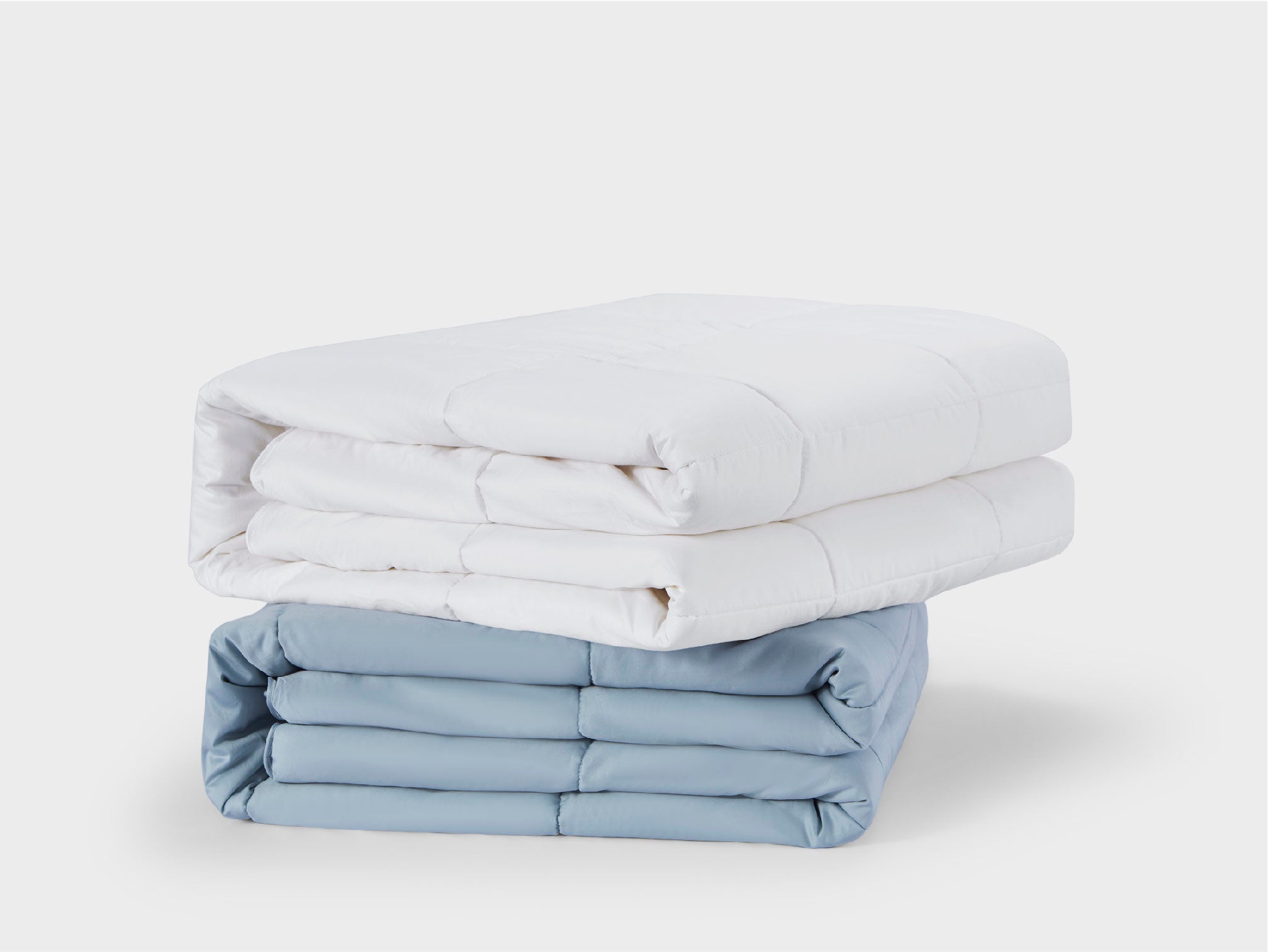
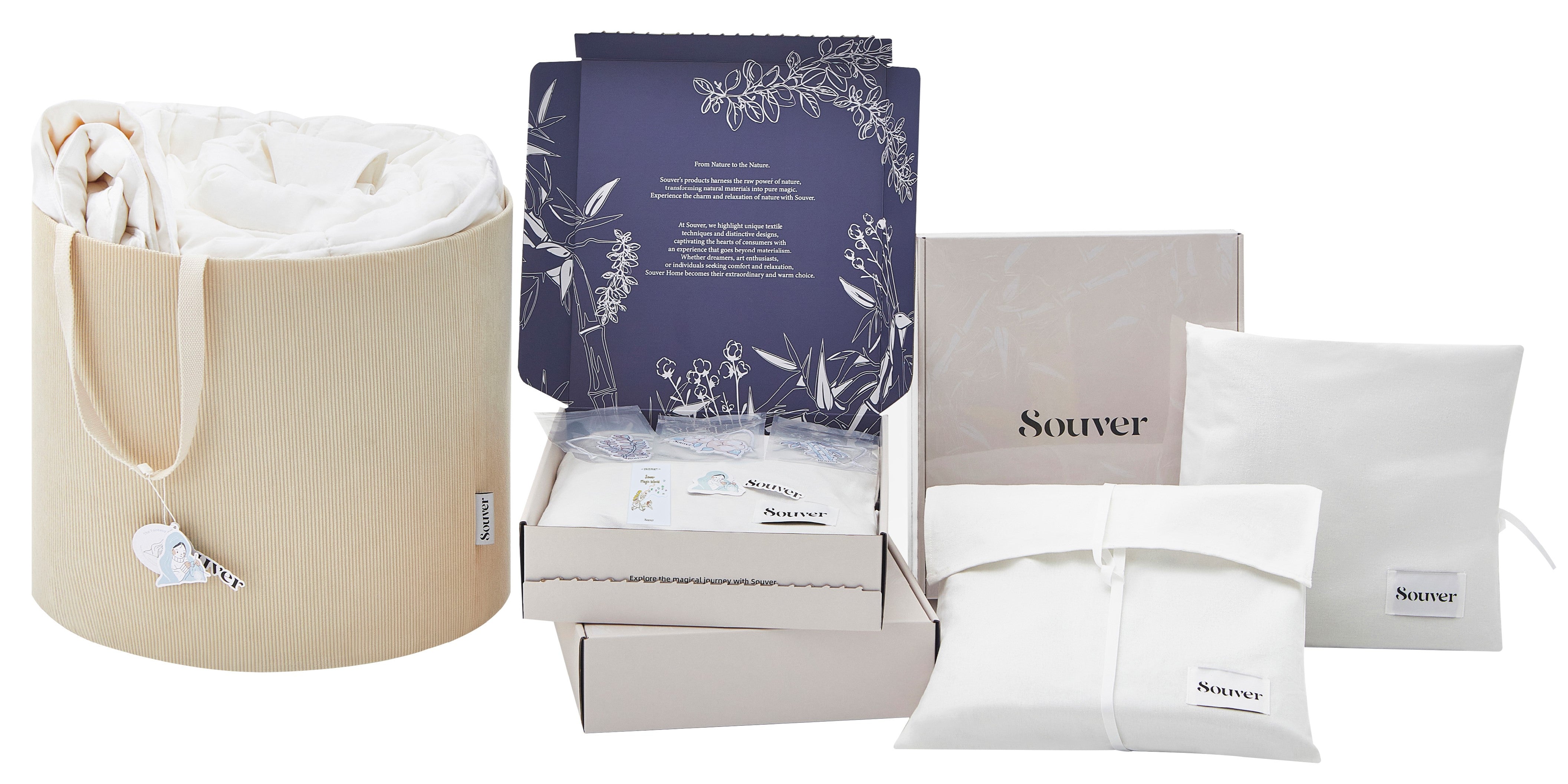
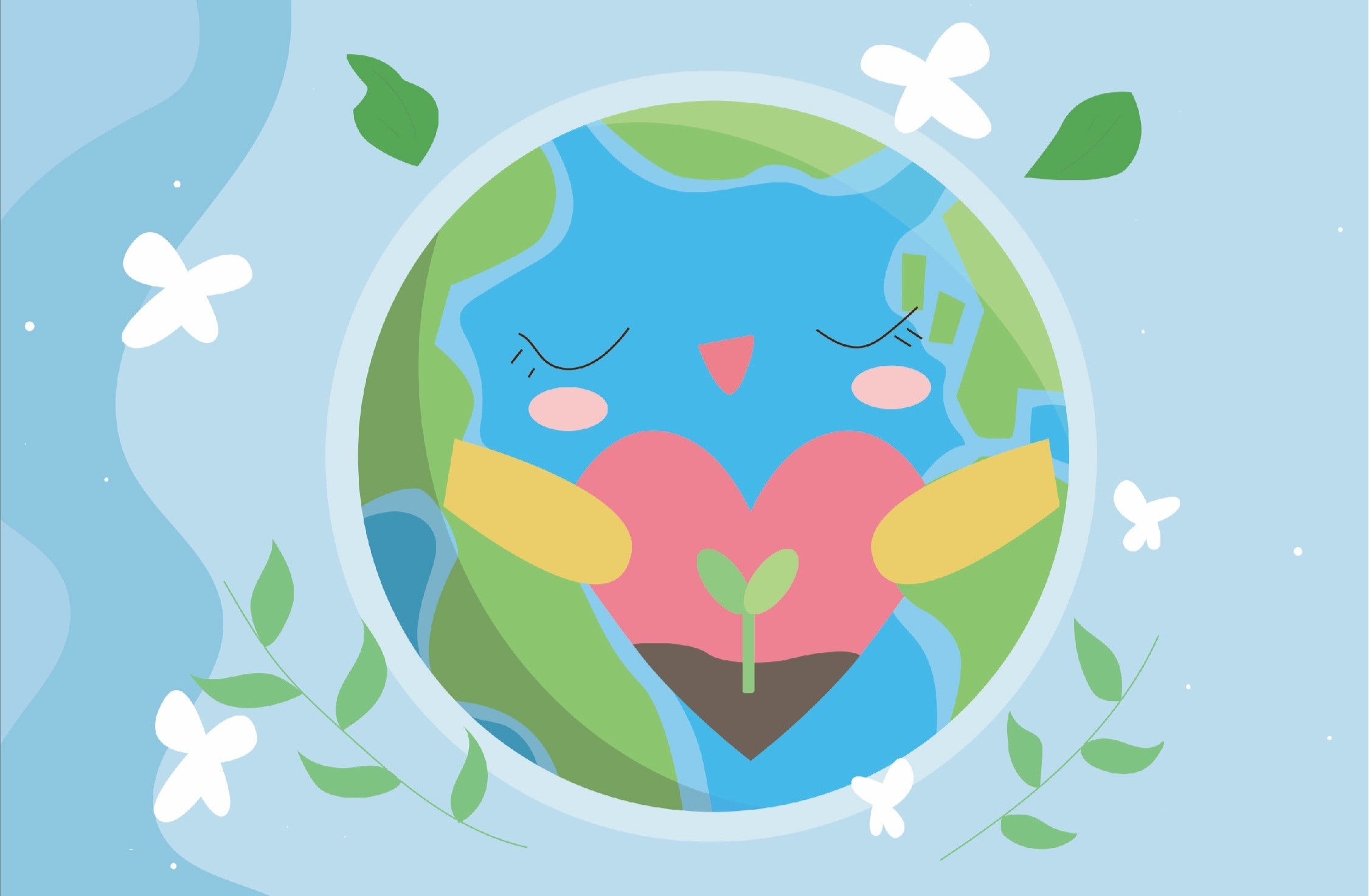
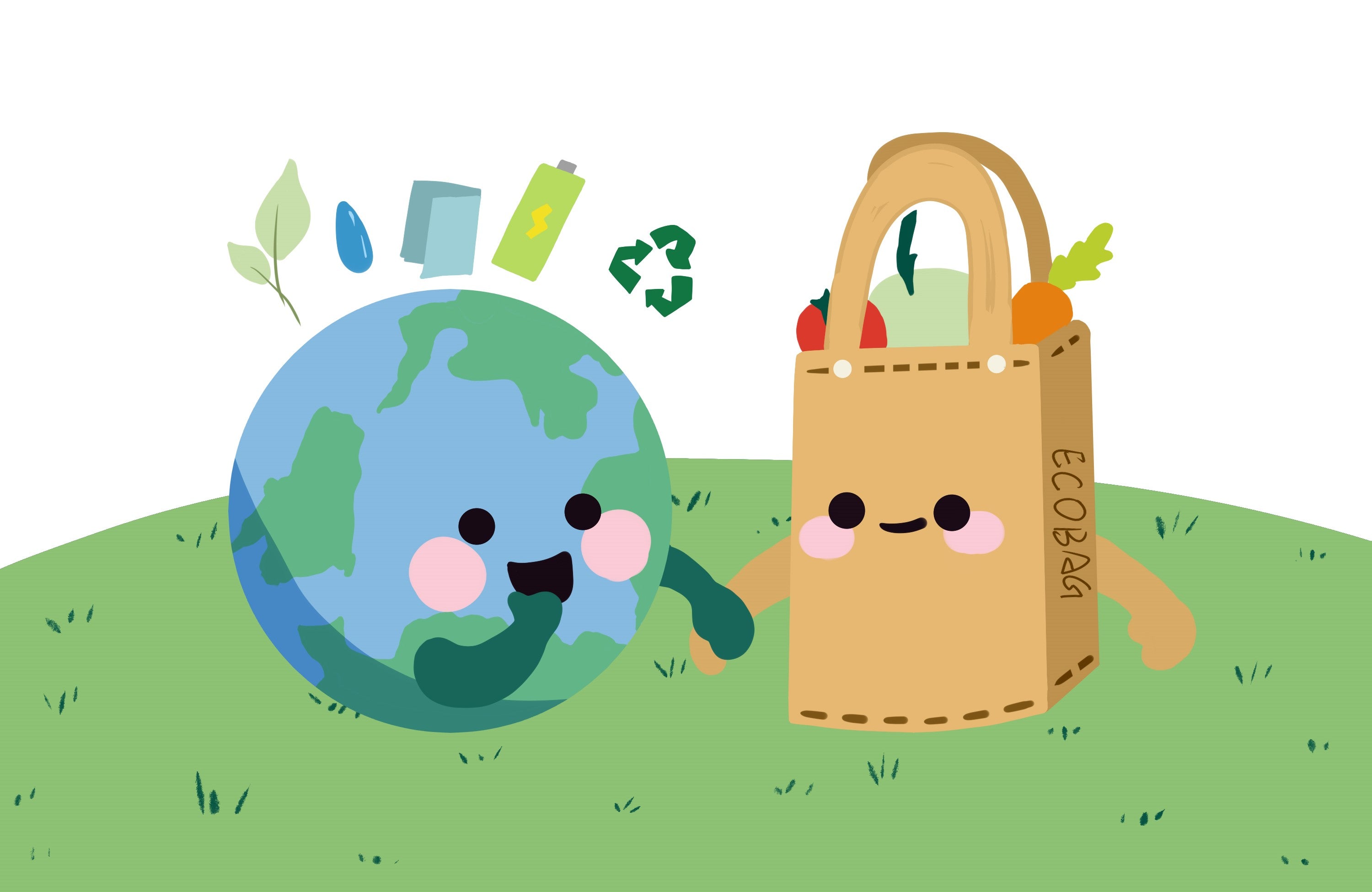

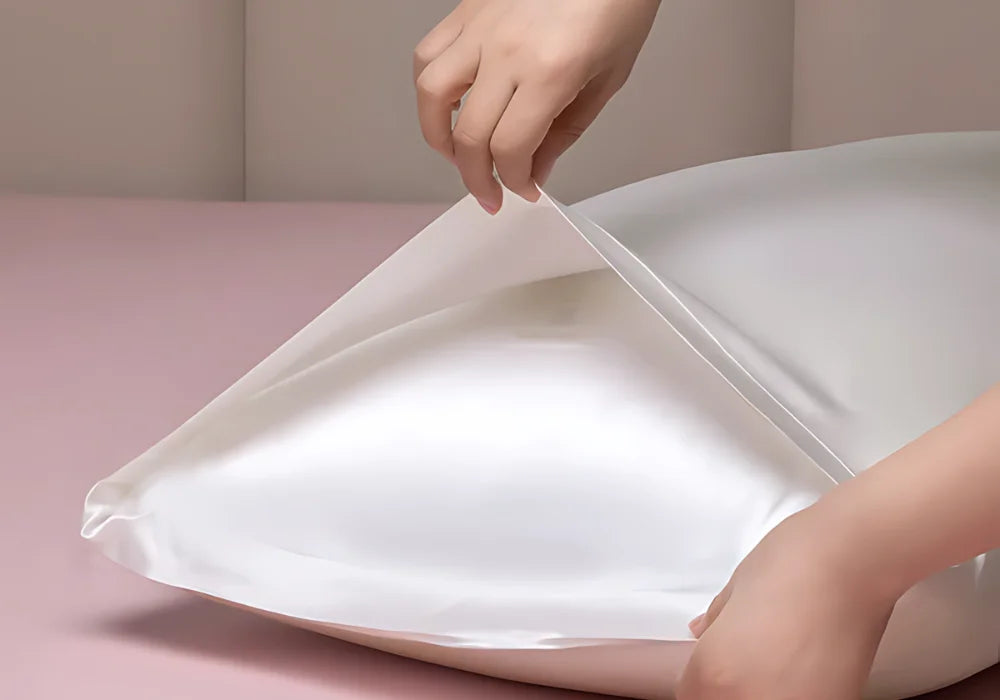
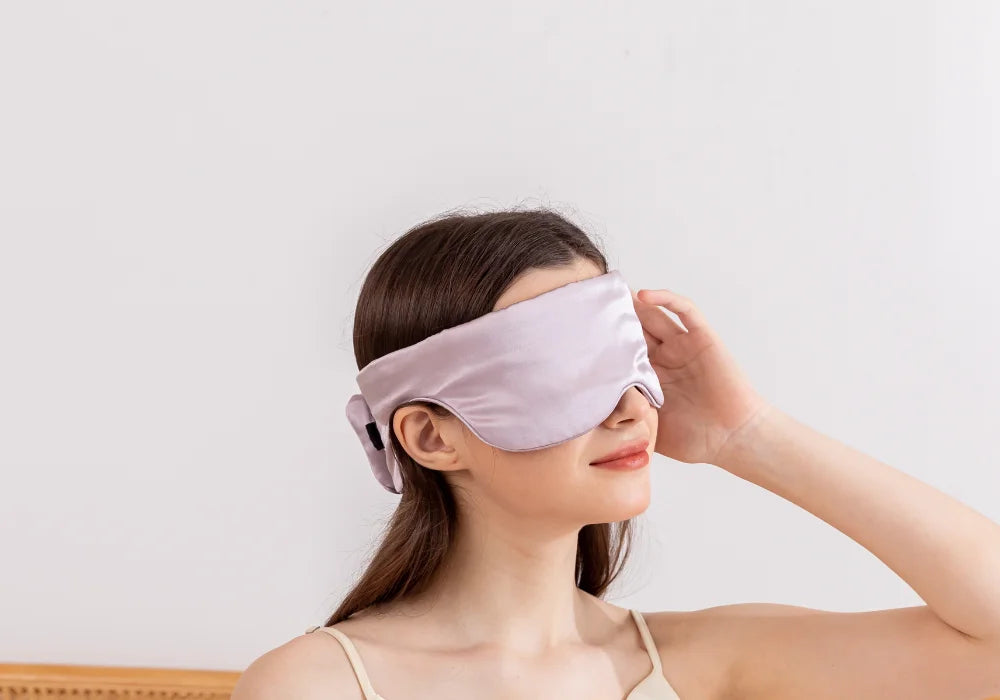
Leave a comment
This site is protected by hCaptcha and the hCaptcha Privacy Policy and Terms of Service apply.